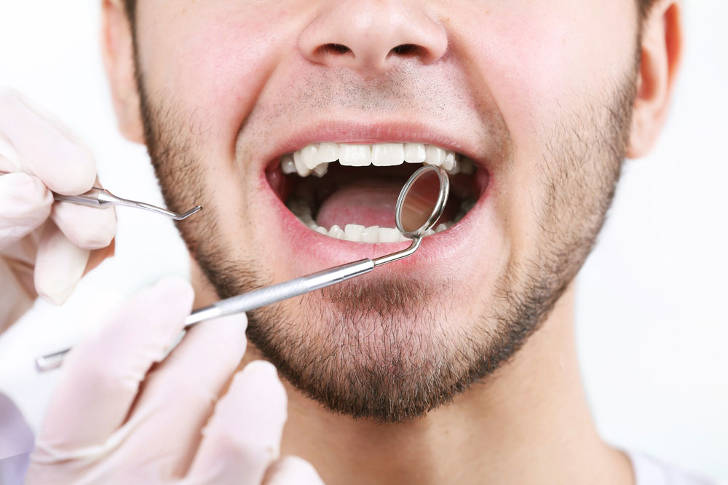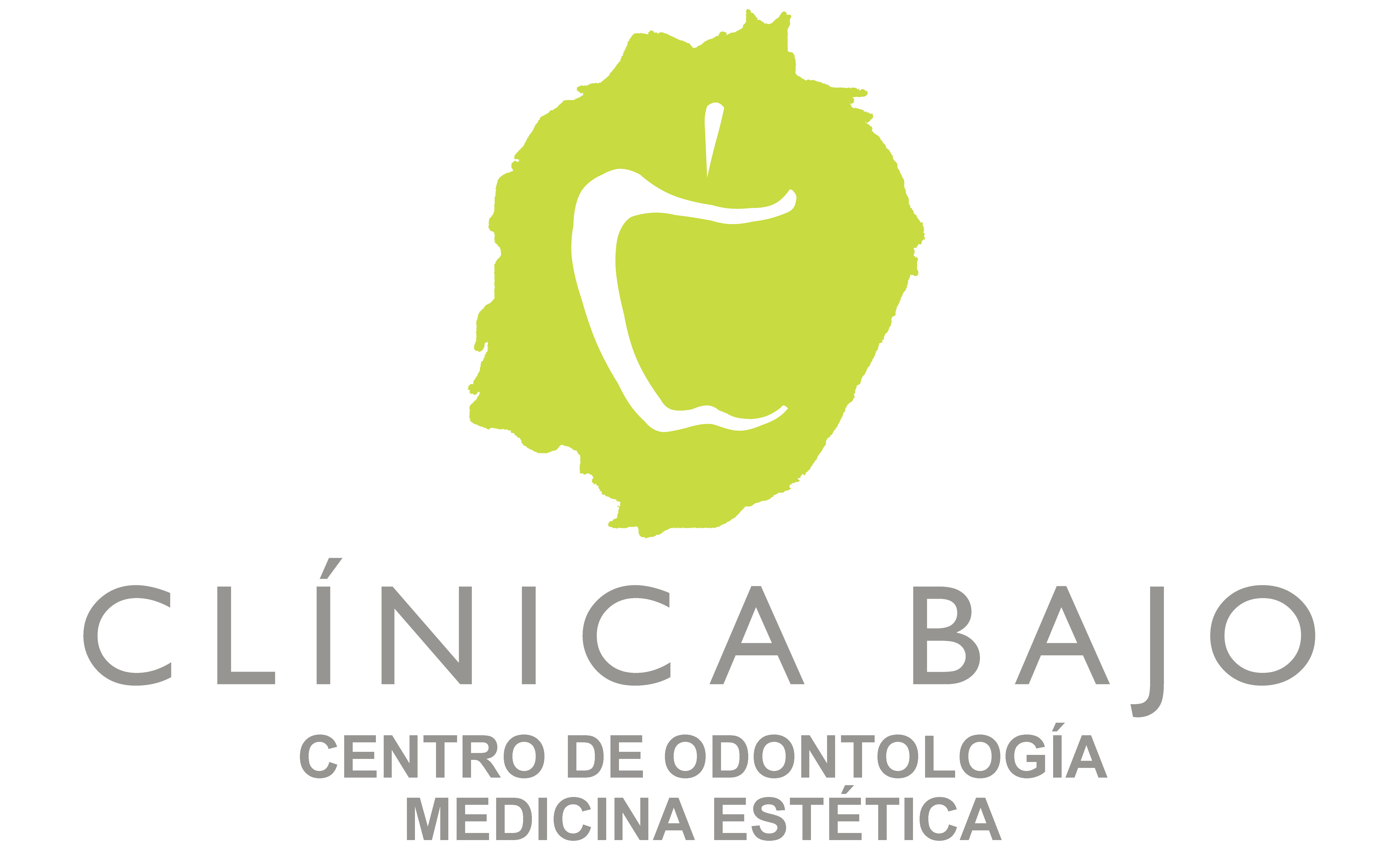Periodontics
Periodontal diseases are a group of diseases that affect the tissues surrounding the tooth. They are diseases of an inflammatory and infectious nature that, if left untreated, can lead to tooth loss.
The most common gum diseases are gingivitis and periodontitis, also known as pyorrhoea.

Symptoms and signs of periodontal disease
Both gingivitis and periodontitis rarely cause pain and patients suffer from them without being aware of it.
The first symptom of periodontal disease is bleeding gums when brushing. When it has already evolved, symptoms such as receding gums, mobility, increased sensitivity, bad breath, etc. appear. The evolution of the disease varies from one patient to another, in some it evolves quickly and in others it is slower, but without treatment, teeth will always be lost.
Treatment
The aim of the treatment is to eliminate the infection that causes the disease. In our dental clinic in Tenerife we use mini-instruments and minimally invasive techniques to eliminate the bacteria that have accumulated under the gum.
In some cases it is necessary to perform periodontal microsurgery in certain areas of the mouth to restore the tissues that have been damaged. These surgeries are performed with microscopes and microsurgical materials to reduce their aggressiveness and therefore have an excellent post-operative period.
Preventive treatment
Periodontal patients are prone to periodontal disease. The bacteria that cause it are present in their mouths, so it is necessary to do everything possible to avoid a relapse.
After treatment is completed, the risk of periodontal destruction will be assessed for each patient. Due to the multi-factorial component of periodontal disease, there are factors that cannot be controlled by the professional, which is why periodic supportive treatment and revision is necessary to avoid areas of relapse. This periodicity will be assessed in each individual case.
We call this phase the maintenance phase, where we detect areas of relapse early on before bone loss occurs. It should not be confused with conventional oral cleanings. These, even periodically, do not prevent the onset of gum disease nor do they prevent relapses, and this is scientifically proven.
During this phase our hygienist or dentist will perform the following procedures:
- Detect changes in general health that aggravate periodontal disease. It is scientifically proven that periodontitis affects the cardiovascular system, worsens certain metabolic conditions such as diabetes and can create problems of premature births in pregnant women.
- Re-evaluate the levels of periodontal attachment and detect weak areas at risk of relapse by instituting specific mechanical and chemical debridement treatments.
- Assess the effectiveness of plaque control and implement specific cleaning methods.
- Possibility of microbiological analysis in areas that are difficult to control.
- The frequency of maintenance appointments will be adapted to each individual case.
Computerised scanning
Modern periodontology relies on effective monitoring of periodontal disease activity during patient follow-up. The most reliable method to detect areas of periodontal activity is the comparison of consecutive mediations (precision probing). In order to achieve this goal, the University of Florida (USA) has developed a computerised periodontal probing system called the florida probe.
Cínica Bajo, in its desire to have the most advanced technology to attend to our patients, has introduced the Florida probing concept.
Advantages for patients
- Greater exploration precision (the probe uses a precision of 20 grams).
- Reduction of human error when recording data.
- Reduced contamination by avoiding simultaneous recording of the examination.
- Better presentation of the results to the patient: The patient receives a complete periodontogram with a complete analysis of the gingival bleeding index and plaque, and indicative diagrams of the areas where hygiene should be improved.
Treatment of the gummy smile
A beautiful smile is not only having white, straight teeth, but encompasses the entire framework of tissues surrounding the teeth: lips and gums.
We understand that a person has a gummy smile when he or she shows 2mm of gum above the teeth when laughing. It affects more women than men and for some people it can be unsightly, which is why we offer treatment to correct it.
It is necessary to differentiate the cause of a gummy smile because it can be a skeletal problem that requires jaw surgery or an osseo-gingival problem that is easier to treat.
On other occasions, the gummy smile can often be corrected with orthodontics and/or minimally invasive surgery treatments to lift the gum. In our dental clinic in Tenerife we will make a correct diagnosis of your case.
